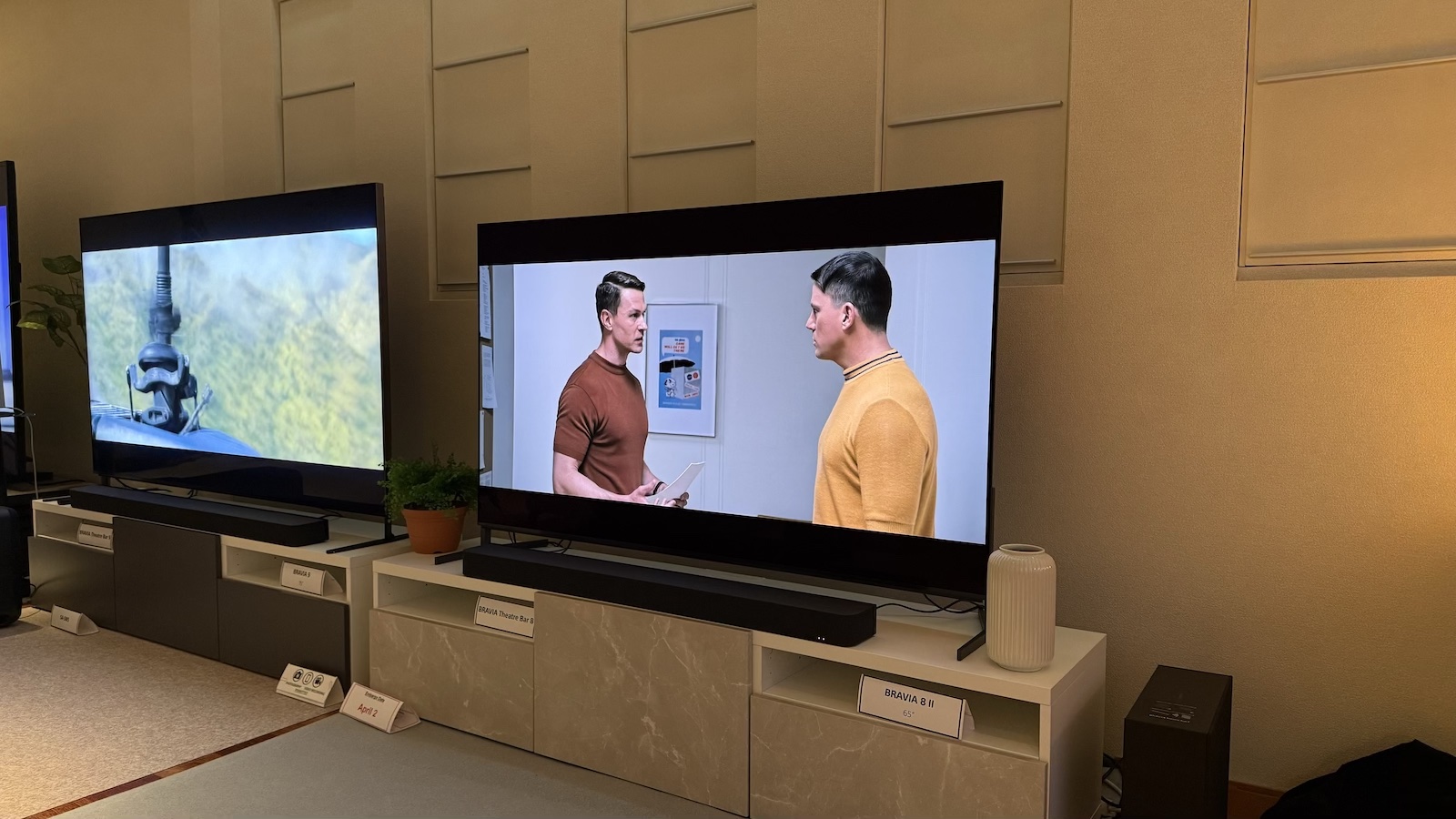High Frame Rate (HFR TV): What is it? Why does it matter? And how do you get it?
High Frame Rate movies are already available, but is this the format of the future or a flash in the pan?
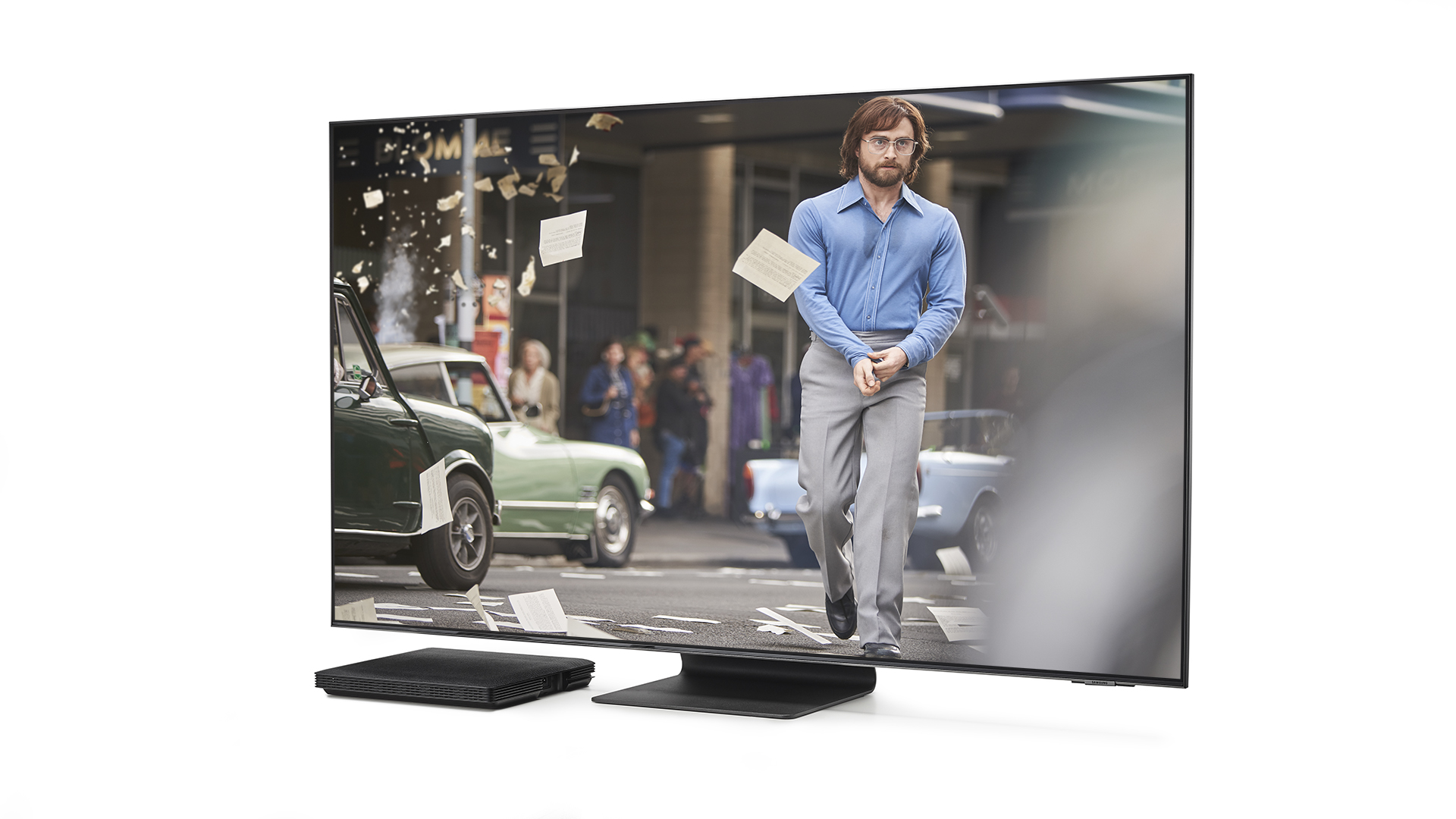
Play a film or TV show and the picture you see is actually made up of a multitude of still images played very quickly, one after another, to fool your brain into thinking you’re seeing motion.
Traditionally, films have 24 of these images – called frames – every second. This number was initially chosen, somewhat arbitrarily, because it was considered high enough to give the resultant picture a smooth impression of motion and also to allow a decent quality of sound, which was at this point embedded into the film.
Television programmes work to different standards. In the PAL system (used in Europe and parts of Asia), the rate is 25 frames per second, while NTSC (the North American alternative) sets the frame rate at 30. These aren’t random numbers. They were chosen back in the days of CRT TVs to correspond to the mains power frequencies in each region – 50Hz for PAL territories and 60Hz for NTSC – in order to to minimise interference and the appearance of hum bars on the screen.
While the term ‘High Frame Rate’ is routinely bandied around and used interchangeably with 'Refresh Rate', there is, in fact, no fixed standard. In effect, the term refers to any frame rate higher than is conventionally used – so anything better than the current 24-30 fps.
What can I watch in HFR?
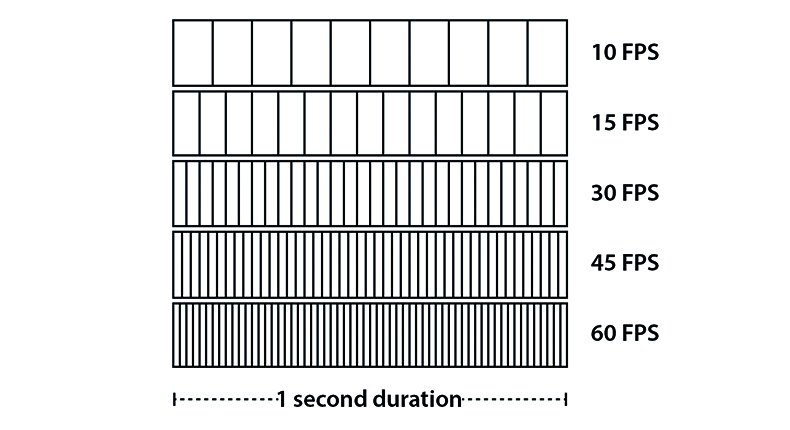
Arguably the most high-profile HFR films to date have been Peter Jackson’s The Hobbit trilogy – they were recorded at 48fps. Having more frames per second inherently improves the smoothness of motion, and gives a higher degree of resolution and clarity. If you watched any of The Hobbit films in an HFR-enabled cinema (the disc and streaming releases have all been in 24fps), these advantages were clear – but not everyone liked what they saw.
Why? The extra smoothness and resolution makes the films look more lifelike, but also very different from the norm. We’re so used to seeing the grain and relatively low resolution of traditional film, anything so obviously better can just look odd. The extra clarity puts more of a spotlight on set quality, special effects and make-up – so any shortcomings in these areas are now spotted more easily.
Ang Lee went even further than Jackson with Billy Lynn’s Long Halftime Walk and most recently Gemini Man. Both were recorded at a heady 120fps (reduced to 60fps on Blu-ray) and met with equally mixed reactions. The very high level of resolution and smoother motion are obvious, but many viewers remained unsettled, with critics complaining that seeing every detail at all times from both the background and foreground was overtaxing to the eye.
Although there's still audience reticence, filmmakers are already pushing frame rates even further. For example, there's now a format called Magi that renders digital high frame rate footage in such a way that it more closely mimics film, introducing a 'flicker' that aims to replicate the authentic look and feel of traditional movies.
Magi also has the ability to dynamically adjust the frame rate during projection, meaning that scenes can be shot in 24, 120 and 160fps and edited together. The idea is to give directors the option to use high frame rates when it makes sense within a specific scene, such as a dynamic action sequence.
Speaking about the technology, special effects legend Doug Trumbull, best known for his work on Stanley Kubrick's 2001: A Space Odyssey, said: "[Flicker] is what differentiates movies from TV, so, if you introduce digital flicker in the projection of the film [actually in the DCP file] it can look fully cinematic even if you raise the frame rate to 120 or 160".
The next big HFR release is expected to be Animal Farm directed by Andy Serkis (aka Gollum) who is planning to shoot the production at 48 fps. Explaining his decision, Serkis states that "the wonderful thing about 48 fps is [how it handles] the integration of live-action and CG elements; that is something I learned from The Hobbit. We are so used to 24 fps and the romance of celluloid … but at 48 fps, you cannot deny the existence of these CG creations in the same time frame and space and environment as the live-action. It works incredibly well".
Despite its increasing adoption in some quarters, it's fair to say that at the moment there’s a scarcity of HFR film material. But that could change quickly as workflows become more manageable and filmmakers look for ways to entice audiences back into cinemas.
120fps gaming
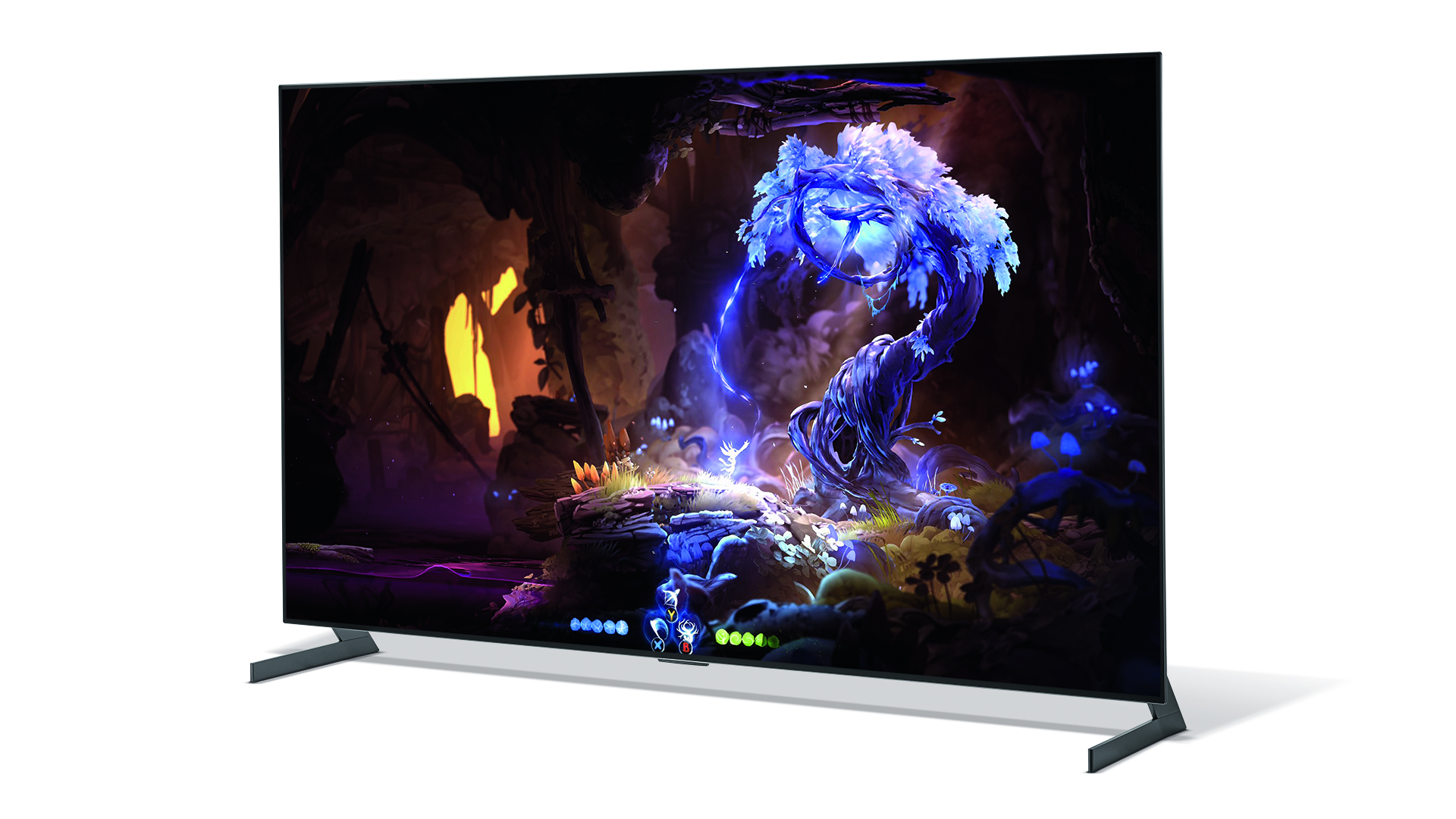
Unlike in cinema, where hyper reality isn't always welcome, gaming is a medium in which super high frame rates are preferable, often giving players a performance edge and enhancing the immersive potential of POV games with massively complex, photorealistic graphics.
To cope with high speed, kinetic action and responsive real-time rendering, high frame rates have become increasingly standard with many of the big-name games, including franchises such as Fortnight, Call of Duty and Halo, adapting to a maximum rate 120fps.
In reality though, the frame rate of a game will always fluctuate. Unlike movies, where frame rate is currently fixed, with gaming it can vary as the hardware attempts to cope with an ever-changing processing burden. A less busy part of a game might run at a relatively consistent frame rate of, say, 50fps, but a sudden explosion could see the console have to work much harder, and the frame rate could drop to 30fps or even lower as a result. These constant and sudden changes in frame rate can cause stutter and tearing on displays that run at static refresh rates, but a TV that supports Variable Refresh Rate (VRR) will dynamically match its refresh rate to the frame rate of the game, keeping pace with all of these changes, resulting in even smoother, more consistent gameplay.
The growth of super high frame rate gaming rate gaming has really exploded with the releases of the PS5 and Xbox Series X. Both of these next-gen consoles support 4K games at frame rates up to 120fps. At launch there weren't many TVs below 55 inches that could accommodate this, but that's quickly changing. It is worth mentioning, though, that opting to play in 120fps mode (often referred to as 'Performance Mode' on PS5) generally results in a drop in resolution and/or fancy graphical effects – the game might be smoother and more responsive, but it will also be less pretty.
If you are looking for a TV that will handle 120fps gaming, be sure to check out our round-up of the best gaming TVs you can buy.
Will I need a new TV?
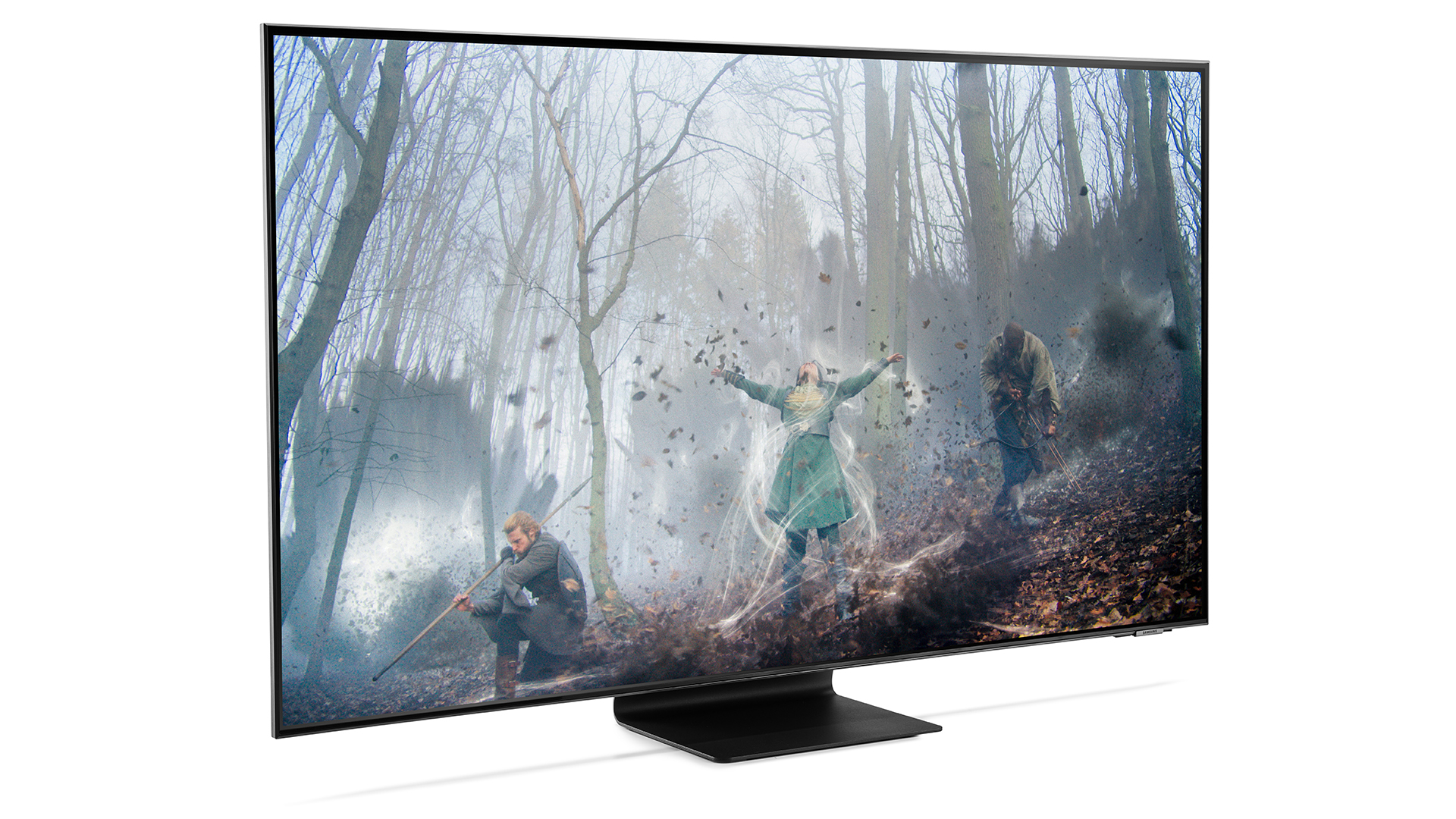
When it comes to your screen, HFR content is already supported by many premium modern sets with high refresh rates. However, there are two distinct but related specifications to look for.
Frame rate, described as frames per second (fps), is determined by the type of content you’re watching or playing as well as your processor and your media player’s graphics card. However, refresh rate is the rate at which a display refreshes itself to show you the next frame. Refresh rates are measured in Hertz (Hz), and the number refers to how many times per second a screen can pull a new image.
A 120Hz screen, for example, can refresh itself 120 times a second. So if your content plays back at 120fps, your 120Hz display will be capable of displaying every single frame. To appreciate HFR media you need a high refresh rate screen, and to get the authentic HFR experience you'll need to find Blu-rays and streams that are delivered in higher frame rates.
A TV's internal processing is integral to how well it performs when dealing with discrepancies between refresh rate and frame rate. Some models can vary refresh rate to match the signal's frame rate but screens with fixed refresh rates may instead replicate and insert additional frames to compensate. To recombine the frames many TVs use motion smoothing technology but this can sometimes cause images to look artificial leading to the so-called "soap opera effect".
Most big manufacturers, including LG, Samsung, Sony and Panasonic, have TVs with have 120Hz display and processors able to handle high frame rate signals. Those include the What Hi-Fi? Award-winning Philips 48OLED806 and 65OLED806, Sony's XR-55A80J and the LG OLED65C1.
Taking things even further, both Samsung and TCL have announced that some of their premium TVs for 2022 will gain a refresh rate upgrade to 144Hz, something that only PC gamers will be able to take advantage of at present.
As well as content type, screen refresh rates and internal processing, users wishing to playback HFR media from an external device should also cast a careful eye over the specifications of their HDMI ports. The official HDMI 2.1 spec specifies bandwidth for signals of 4K/120fps and 8K/60fps but it cannot be taken for granted that that's what you'll get. For example, the Apple TV 4K has HDMI 2.1 but is limited to 4K at 60fps. Meanwhile HDMI 2.0 connections can actually be capable of handling 120fps but not at 4K resolution.
MORE:
Get the What Hi-Fi? Newsletter
The latest hi-fi, home cinema and tech news, reviews, buying advice and deals, direct to your inbox.

Ketan Bharadia is the Technical Editor of What Hi-Fi? He has been reviewing hi-fi, TV and home cinema equipment for almost three decades and has covered thousands of products over that time. Ketan works across the What Hi-Fi? brand including the website and magazine. His background is based in electronic and mechanical engineering.
-
Travis Daki Put your right (or left) hand up in front of your face, spread your fingers apart and wave your hand around. The faster you 'wave' the less defined your fingers look. See, human sight is ALL about the motion blur! What we see 'in focus' is less than 20% of our eyesight - all the rest of it (our peripheral vision) is nothing but a blur (out of focus). And the things that ARE in focus appear less so the faster they move. Focus your eyes on this word >TEST< and tell me how many other words besides (and above it) can you clearly see? The answer of course is 'none'.Reply
So, to say ''The extra smoothness and resolution make the films look more lifelike'', is completely wrong. It does anything but! Because, again, we're used to seeing motion blur (on moving subjects). Certain animals (cats for example, and all sorts of birds) are able to utilise more than 80% of their vision - there's not much peripheral blur, almost everything is in focus all of the time. Not gonna go in-depth with this, I'll just say that whereas we humans can be fooled with 24 fp/s (in order to see smooth motion) cats need thrice the amount of frames within each second. Eagles, I believe, need as many as 2.000. So, your cat is watching a DIA-show every time it looks towards a telly (the reason why they get bored by it quickly).
Maybe you guys should do a little research on ''180 Degree Shutter Rule''. Because no matter how many FPS the footage is shot with, it's GOT to have some motion blur in it - in order to look 'lifelike'. (::
Cheers! ♫♪
Travis
